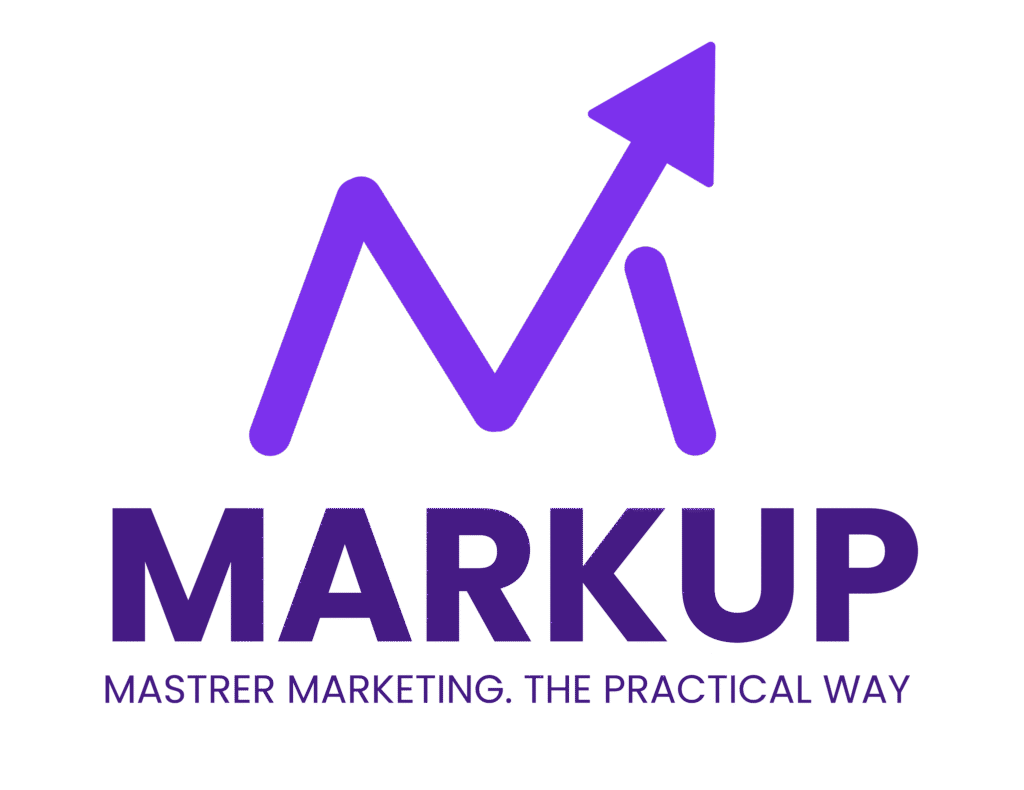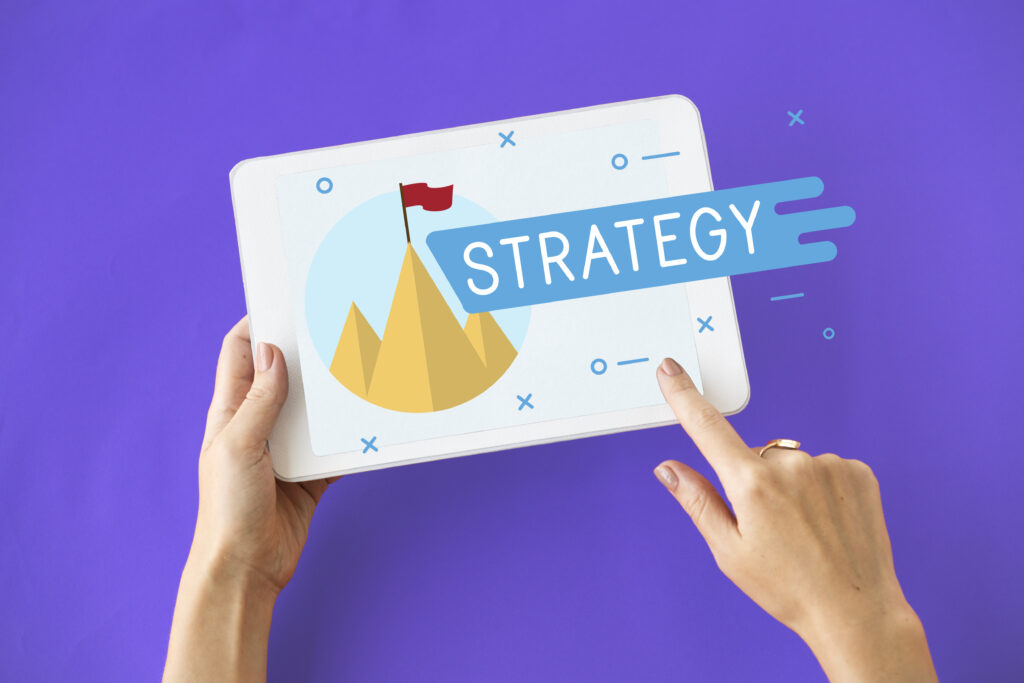In an age where algorithms rule attention and brand loyalty is earned in scrolls, content marketing is more than just a buzzword it’s your brand’s voice, reputation, and long-term strategy rolled into one.
Whether you’re a student building your personal brand or an aspiring marketer working with startups, learning content marketing is your ticket to cutting through digital clutter and creating messages that matter.
So, what is content marketing really about?
It’s not about churning out random posts. It’s about building relationships through consistent, relevant, and valuable content that solves problems, entertains, or educates.
What is Content Marketing?
Content marketing is the art of communicating with your audience without directly selling.
Instead of pushing a product, you create content that:
- Informs
- Engages
- Inspires
- Solves a problem
When done right, it builds trust—the most valuable currency in marketing.
Whether it’s a blog post, YouTube video, meme, tweet, podcast, or even a meme on your story—if it adds value and aligns with your audience’s interests, it’s content marketing.
Why Content is the Real MVP of Marketing
According to HubSpot’s 2024 report, businesses that prioritize content marketing generate 3x more leads than those that don’t. But even more importantly—they build loyal communities.
For Gen Z and young consumers:
- Ads feel intrusive.
- But memes, storytelling, or tips feel like value.
And people don’t buy from brands—they buy from voices they trust. Content is how that voice comes alive.
Pillars of a Strong Content Marketing Strategy
1. Know Thy Audience
Who are you creating content for? This is non-negotiable. Before writing a single word, ask:
- What keeps my audience up at night?
- What do they find funny?
- What platforms do they love?
- What content do they engage with?
Use Reddit, Quora, TikTok comments, Google Trends, and Instagram DMs as goldmines for understanding their mindset.
- Define Your Goal
Every piece of content should have a purpose:
- Educate: Blogs, explainers
- Entertain: Memes, storytelling
- Inspire: Testimonials, behind-the-scenes
- Convert: Product demos, CTAs
Without a goal, even viral content becomes vanity.
- Choose the Right Format
The format depends on your audience, channel, and message.
Content Format | Ideal For |
Blog | SEO & thought leadership |
Reel/Shorts | Entertainment, quick tips |
Carousel | How-to guides, tutorials |
Podcast | In-depth insights, interviews |
Newsletter | Loyalty, community building |
Pro Tip: Repurpose a blog into tweets, carousels, or a short video. One idea, multiple formats.
- Be Consistent. Be Human.
Your content is your brand’s personality.
Be consistent with:
- Voice (Are you casual, funny, informative?)
- Design (Stick to brand aesthetics)
- Posting frequency (Train your audience when to expect value)
And most importantly, be human. Talk to your audience like you’d talk to a friend who asked for advice.
- Distribute Like a Pro
Content that isn’t distributed is like a great song never released.
- Promote blogs on LinkedIn, Medium, Twitter
- Share Reels on both Instagram and YouTube Shorts
- Turn infographics into Pinterest pinsEngage in communities like Slack groups, Discords, Reddit threads
Don’t just post and ghost—distribute, engage, repeat.
Real-World Example: Netflix’s Meme Game
Netflix doesn’t beg you to “subscribe now.” Instead, it creates hilarious, relatable content that subtly hooks you.
Their social team uses memes, pop culture moments, and quotes from their own shows to drive engagement.
The result?
- Viral content
- Free user-generated content (UGC)
- A massive fanbase that markets for them
It’s not salesy. It’s strategic storytelling.
Create Your First Content Kit
Let’s say you’re marketing a handmade soap brand. Here’s your starter kit:
- Audience: Eco-conscious 20–30-year-olds
- Channels: Instagram, LinkedIn, Pinterest
- Content Ideas:
- Before-and-after skin results
- Behind-the-scenes making process
- Memes about “soap vs stress”
- Short interviews with happy customers
- A blog titled: “5 Chemicals Your Soap Should Never Have”
- Before-and-after skin results
You now have a mini content strategy.
Measuring Success: Content KPIs to Track
Don’t just create—analyze:
- Website traffic (Google Analytics)
- Engagement rate (likes, shares, saves)
- Email open & click-through rates
- Time on page
- Conversion rate (downloads, purchases, inquiries)
Tools like Buffer, Notion, Google Analytics, and Mailchimp make tracking easy.
The MarkUp Mindset
At MarkUp, we believe every marketer is also a content creator. You’re not just here to promote a product—you’re here to shape perceptions, spark ideas, and start conversations.
Through real-world content creation projects, strategy building, and expert mentoring, MarkUp’s OJT program gives you hands-on experience in creating content that converts and connects.
References
- HubSpot. (2024). State of Marketing Report. https://www.hubspot.com/state-of-marketing
- McKinsey & Company. (2023). The value of data-driven marketing. https://www.mckinsey.com/business-functions/marketing-and-sales/our-insights
- Statista. (2024). Internet usage and marketing statistics. https://www.statista.com/
- LinkedIn. (2024). State of Sales Report. https://business.linkedin.com/sales-solutions/state-of-sales
- Salesforce. (2023). CRM Trends and Predictions. https://www.salesforce.com/blog/category/crm/



